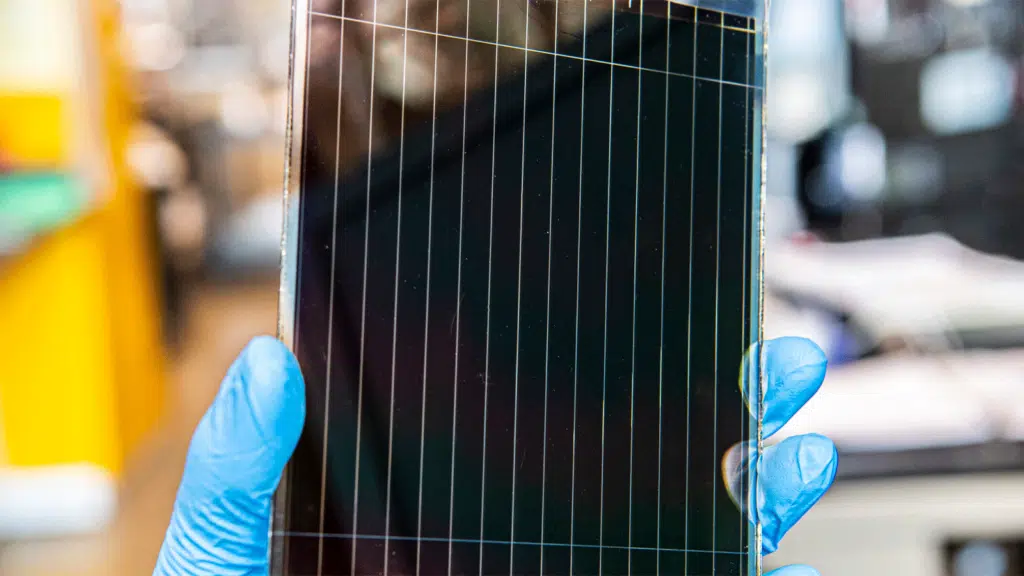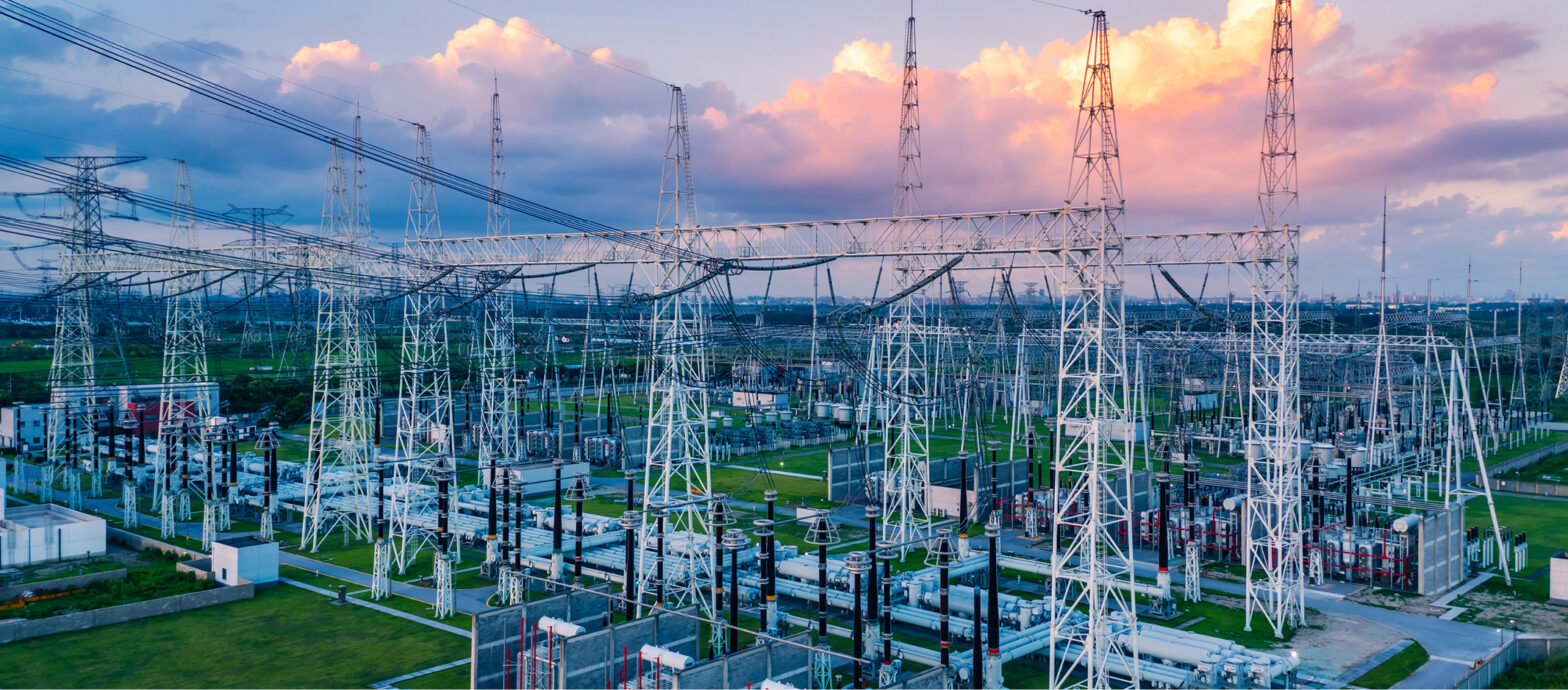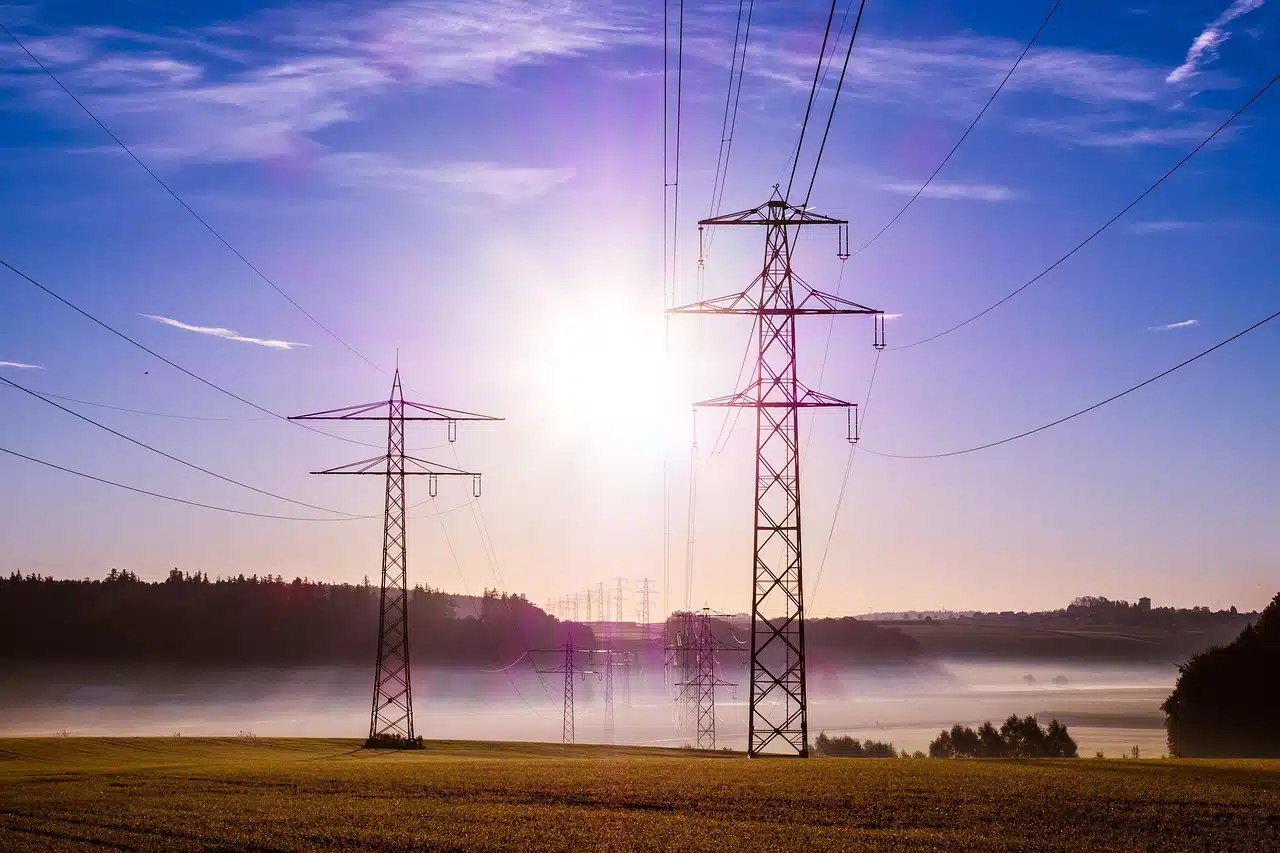Nigeria, like many developing nations, is grappling with an increasing energy crisis.
With an unreliable power grid and heavy reliance on fossil fuels, the need for affordable, efficient, and sustainable renewable energy solutions has never been more urgent.
Amid these challenges, Perovskite solar cells (PSCs) have emerged as a potential game-changer in the solar energy industry, offering higher efficiencies and lower production costs compared to traditional silicon-based photovoltaics.
Since their inception in 2009, when efficiencies were a modest 3%, PSCs have achieved remarkable progress, with current efficiencies exceeding 26% in small-area devices (U.S. Department of Energy, 2023).
However, despite these laboratory breakthroughs, PSCs face a critical challenge including degradation and instability under real-world conditions, particularly in hot and humid climates like Nigeria’s.
Without addressing these issues, large-scale commercialization remains a problem.
In lieu of the foregoing, this article explores how Nigeria’s policymakers, research institutions, and private sector can tap into perovskite solar technology, mitigate degradation issues, and lead innovations in the sector.
Why Nigeria should invest in perovskite solar cell research
Perovskite solar cell technology presents a unique opportunity for Nigeria to establish itself as a leader in renewable energy research and manufacturing.
The country boasts abundant solar resources, with an average of 5.5 kWh/m²/day of solar irradiation, making it one of the most solar-rich regions in the world.
In addition, Nigeria has a growing tech-savvy workforce and increasing investment interest in sustainable energy.
Developing perovskite technology locally could create new economic opportunities, reduce import dependency, and contribute to Nigeria’s climate goals under the Paris Agreement.
By investing in PSC research, Nigeria can position itself as a hub for renewable energy innovation in Africa, fostering job creation and technological advancement.
Nigeria’s research institutions, such as the Energy Commission of Nigeria (ECN), the National Agency for Science and Engineering Infrastructure (NASENI), and universities, must actively engage in perovskite research.
Collaborations with global experts and institutions can help develop solutions tailored to Nigeria’s unique environmental conditions.
Nigeria’s current efforts in renewable energy research
Nigeria has been making strides in renewable energy, particularly in solar energy, as the need to diversify the energy mix grows.
Research institutions like the Nigerian Solar Energy Association (NSEA) and universities under the National Universities Commission (NUC) are increasingly investing in solar technology development.
The Energy Commission of Nigeria (ECN) also has been working to set up pilot projects for solar mini-grids and off-grid solutions, which are crucial for rural electrification.
NASENI recently launched the Nigerian Solar Energy Project, aimed at producing indigenous solar components, including solar panels, to reduce dependency on imports and create local jobs.
Universities such as the University of Lagos and Obafemi Awolowo University are also conducting research in solar energy, focusing on improving efficiency and cost-effectiveness.
However, to fully realize the potential of advanced technologies like perovskite solar cells, there is a need for greater collaboration between Nigerian institutions and international research bodies.
By encouraging research into new materials and technologies, Nigeria can build on its existing renewable energy momentum and lead the way in solar innovation.
The degradation challenge in Nigeria
PSC performance deteriorates over time due to multiple environmental and structural factors. These include:
- Moisture and Humidity Sensitivity
Nigeria’s high humidity levels, particularly in coastal regions like Lagos and Port Harcourt, pose a significant threat to perovskite stability.
Exposure to moisture and oxygen can lead to the decomposition of perovskite materials, resulting in reduced efficiency (U.S. DOE Solar Energy Technologies Office, 2023).
Solution for Nigeria: Encourage local materials research and encapsulation techniques that use water-resistant coatings and flexible barrier layers.
Government grants and university-led projects could explore low-cost encapsulation using locally sourced materials.
- Thermal Instability
With average temperatures exceeding 30°C in many parts of Nigeria, heat degradation is a major concern.
High temperatures can accelerate material breakdown and ion migration, leading to efficiency losses.
Solution for Nigeria: Fund research into heat-resistant perovskite compositions and develop low-cost cooling technologies, such as reflective coatings and passive ventilation systems, that are practical for Nigerian conditions (NREL, 2024).
- UV Light Degradation
Nigeria receives an abundance of sunlight, making UV degradation a critical factor.
Long-term exposure to UV radiation can trigger chemical reactions that degrade the perovskite structure, shortening the lifespan of solar modules.
Solution for Nigeria: Promote collaborations between local universities and international researchers to develop UV-filtering encapsulants and protective coatings (DOE SETO, 2023).
- Ion Migration and Electrical Instability
Mobile ions within the perovskite layer can drift under an electric field, causing power output fluctuations. This is particularly problematic in off-grid solar applications, which are crucial for electrifying Nigeria’s rural areas.
Solution for Nigeria: Support research into interface engineering and ion-stabilizing additives that can enhance durability (NREL, 2024).
How Nigeria can lead the way
To make perovskite solar cells viable for mass deployment, Nigeria must invest in:
- Encapsulation and Stability Research: Universities and research agencies should collaborate with industry players to explore protective materials suitable for Nigeria’s climate.
- Public-Private Partnerships: The Nigerian government can offer tax incentives and funding for companies willing to invest in perovskite solar research and manufacturing.
- Local Manufacturing Capacity: Developing low-cost fabrication techniques in Nigeria could reduce dependence on imported solar modules and create jobs in the clean energy sector.
- Research Grants and Funding: Government agencies like ECN, TETFUND, NASENI, and the Nigerian Renewable Energy Agency (NREA) should provide competitive grants for researchers focused on perovskite development.
The Role of government and industry
Nigeria’s transition to renewable energy technology requires an enabling policy environment. Government initiatives should include:
- Funding for pilot projects in collaboration with local universities.
- Standardization policies to ensure perovskite solar modules meet durability requirements.
- Encouraging knowledge exchange programs with international institutions like the National Renewable Energy Laboratory (NREL) and European Solar Research Institutes.
Nigeria can be a leader in next-generation solar technology
Despite current challenges, perovskite solar cells hold transformative potential for Nigeria’s energy future.
By prioritizing local research, funding, and industry collaboration, Nigeria can position itself as a leader in the emerging perovskite sector.
Addressing degradation issues through targeted innovation and government-backed initiatives will not only expand energy access but also create new economic opportunities for the country’s growing renewable energy sector.
If stability concerns are successfully addressed, Nigeria could be at the forefront of perovskite solar research and manufacturing, bringing affordable and scalable solar solutions to the country and beyond.
The time to act is now—by investing in perovskite technology, Nigeria can unlock a new energy frontier and pave the way for a sustainable future.
Disclaimer: This opinion piece does not necessarily reflect the position of the editorial board of Energy in Africa and its owners.







